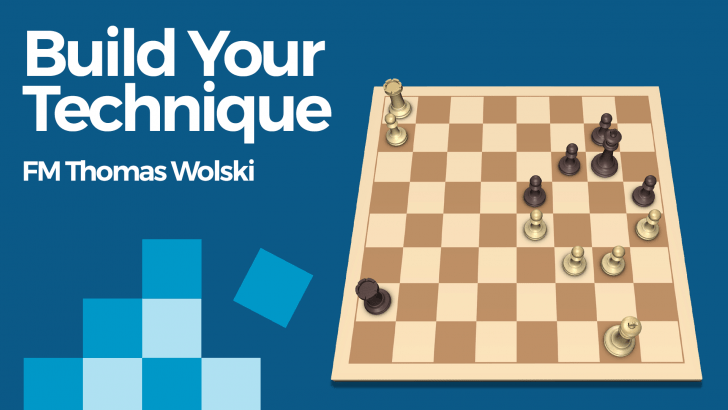Build Your Technique
Ready for a chess workout?
FM Thomas Wolski created this course, which is aimed at players with USCF or Elo ratings between 1200 and 1600, although some of the later challenges will not be easy for 1800 to 2000 rated players. The 110 challenges include some openings, middlegames, endgames, and a lot of tactics. This course is designed to enhance the overall understanding of chess for an intermediate player and to prepare that player for more advanced courses. Take this tactics challenge today!
Here is what you will learn:
- Calculate tactics and learn how they fit into openings and structures.
- Learn the plans that accompany different openings!
- Learn strategies to help you feel at home in many positions!
